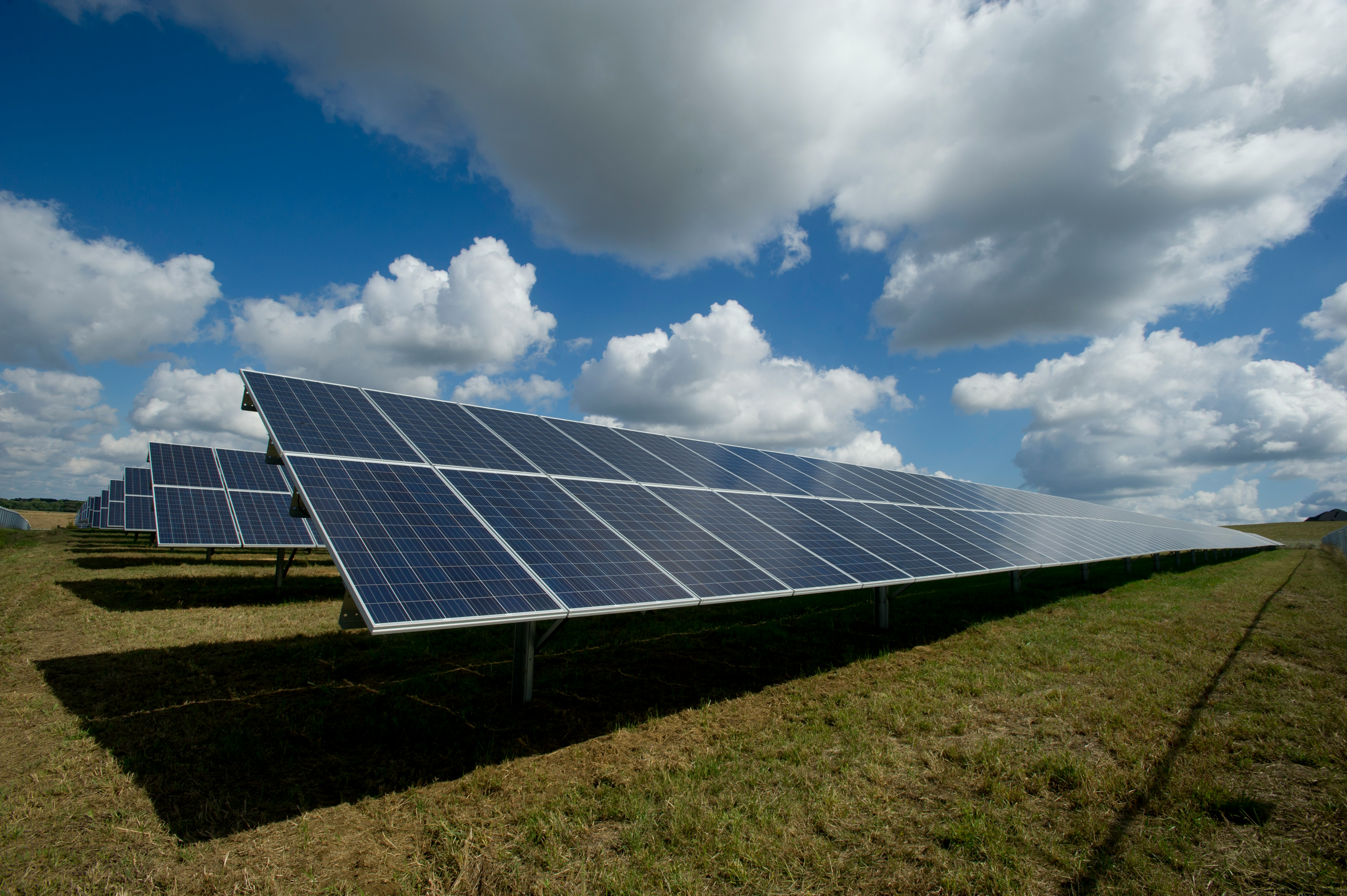Mar 15, 2022
☀️ Solar System Design – Matching Tech to Your Lifestyle
Designing a solar system isn’t just about picking the biggest inverter or slapping some panels on your roof. It’s about crafting a system that fits your lifestyle, usage patterns, and budget. Yet, this is where most solar projects fall apart — people start with products instead of strategy.
In this post, we’ll unpack what a well-designed solar system actually means, what questions need answering up front, and how to avoid costly overdesign or underperformance.
A Quick Reality Check
Not every household or business needs a full off-grid solution. You might only want to survive load shedding with basic backup. Or maybe you want to save money by offsetting daytime usage. Maybe you want full energy independence. The key is this: solar design is not one-size-fits-all.
The right system depends on:
Your electricity usage (daily average + peak demand)
When you use power (day vs night)
What loads are essential during outages
Your budget
Whether you can feed back into the grid (most South Africans still can’t)
The quality of your roof or property for solar orientation
Step 1: Know Your Load Profile
Start by understanding your power usage. Ideally, use data from a smart energy monitor, inverter, or meter that logs usage hourly or in 15-minute intervals. If not, take your monthly usage (kWh) and divide by 30 for a daily average.
Then ask:
When is power used most? (Morning rush, evening, overnight?)
Do you run power-hungry items like geysers, aircons, pool pumps?
Can any of this be shifted to daytime?
If you’re planning batteries, calculate your essential load — the stuff you need running during outages: Wi-Fi, lights, fridge, maybe a TV and computer. That’s your base for battery sizing, not your full household demand.
Step 2: Build Around Three Core Components
Every solar system has three major pieces of gear. Getting the balance right is where smart design matters.
1. Solar Panels (PV Array)
Your panels should ideally produce close to your daily usage on a good day. But this isn’t just about wattage — orientation, tilt, and shading matter a lot.
Use Tier 1 panels with a solid warranty (Canadian Solar, JA Solar, Trina, etc.)
Panels must face north in the Southern Hemisphere for optimal performance
Avoid trees, chimneys, or satellite dishes that cause shading — even partial shade can cripple output
A 5kW array in Cape Town produces about 20–25kWh/day in summer, less in winter. Use this as your design baseline.
2. Inverter
Your inverter converts the DC from panels/batteries into usable AC power.
For hybrid systems (grid + solar + battery), a hybrid inverter is required
Brands like Victron, Sunsynk, Deye, and Goodwe are popular locally
Size the inverter to your peak load demand, not just your panel size
Oversizing your panels by 30% over the inverter rating is common (called DC oversizing) — this improves early morning and late afternoon generation
For example, if your peak load is 4.5kW, a 5kW inverter is likely perfect.
3. Battery Storage (Optional but Often Essential)
Not everyone needs batteries, but in South Africa’s grid instability, it’s close to a must-have.
Batteries allow energy shifting: use daytime solar at night
They keep essential loads running during blackouts
Start with enough storage for your essentials (usually 3–5kWh) and expand later
Look for LiFePO₄ batteries or supercapacitor tech (especially relevant if you’re planning long-term use and care about deep cycling and lifespan). Brands like Freedom Won, Hubble, and WEST are increasingly popular.
Step 3: Think in Use Cases, Not Just Watts
Good design comes from understanding your goals. Let’s break down a few real-world scenarios:
Load Shedding Survivalist
→ You want backup during outages.
→ Focus: inverter + small battery bank (no panels necessary).
→ Example: Victron MultiPlus + 5kWh battery = solid backup setup.Self-Consumption Saver
→ You work from home, use power mostly in the day.
→ Focus: panels + inverter (battery optional).
→ Aim to consume most of your solar in real time.Full Hybrid Independence
→ You want to run your life on solar and batteries.
→ Focus: full PV + hybrid inverter + 10–15kWh battery bank.
→ Higher upfront cost, but solid savings and resilience.Commercial Daytime Load
→ You run a small office or factory 8 to 5.
→ Focus: max solar array, no battery, timed to peak usage hours.
→ Bonus: predictable ROI and tariff savings.
Design Red Flags to Avoid
Bigger Isn’t Always Better
Don’t overspend on massive storage or 10kW inverters if your loads don’t justify it.Poor Load Planning
Running your geyser, oven, and air fryer at once will trip most systems. Balance and automate usage.Cheap Equipment
Inverters and batteries are not where you skimp. You’ll pay the price in call-outs, replacements, and lost data.No Planning for Future Expansion
Get gear that can scale. Start with 5kWh storage but choose an inverter that can handle 10kWh if needed later.
The Power of Smart System Design
At the end of the day, a solar system is an energy strategy, not just a product. If you start with clear goals, know your usage patterns, and pick the right components to match your lifestyle — you’ll save money, enjoy uptime during outages, and build a system you can expand with confidence.
In Week 3, we’ll look at Installation & Commissioning — where even the best-designed systems can go wrong if shortcuts are taken. Think cable sizing, SSEG approvals, and inverter settings.
Stay tuned — and as always, design smart first.

